Here is a list compiled by The Edge of Malaysia of eco-friendly alternative housing,

Finished off with plaster a straw bale house is airtight, pest-proof and fireproof, making it sturdy and impossible to be blown down. It provides great insulation and can easily keep heat in or out. Straw is easily sourced, being a by-product of growing grains.
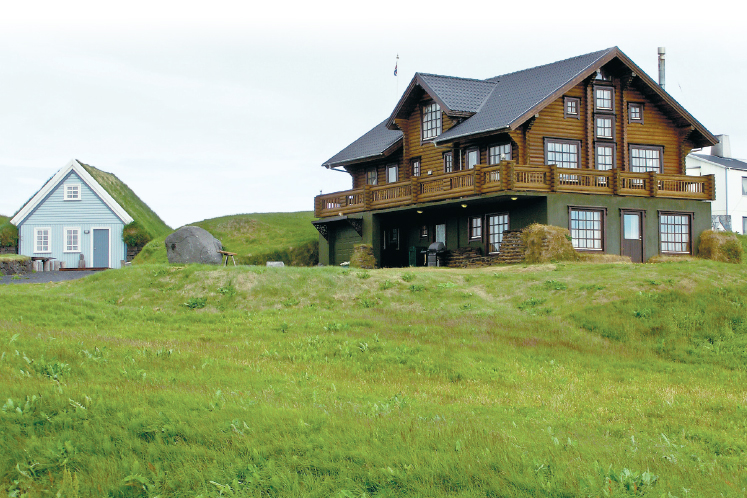
Log houses are made of logs that do not go through a milling or treatment process and can be built from standing dead trees such as the remnants of forest fires that have destroyed the outer branches and needles. Depending on the density of the wood, logs can provide elements of thermal mass and insulation. If you take good preventive measures during construction the risk of termite damage will be minimal.
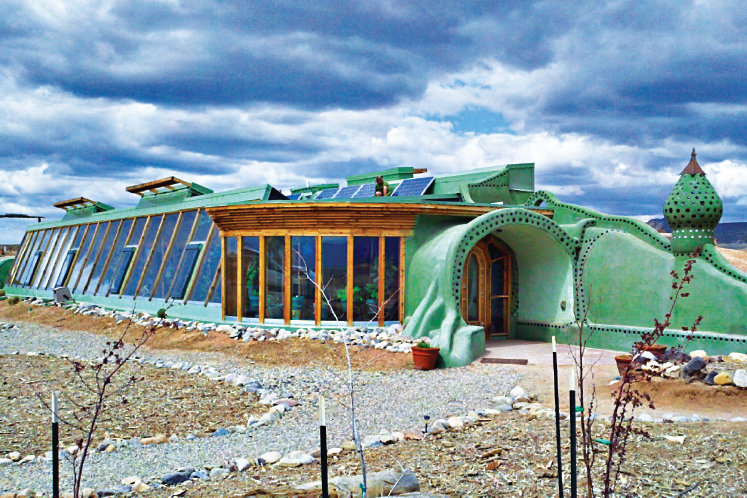
An Earthship is a type of sustainable house mainly built out of recycled items such as dirt-packed used tires, bottles and tin cans. The Earthship is perfect for off-grid living as it is self-sufficient, producing its own electricity, heat and food, and offers sustainable water harvesting and sewage systems.

Living in a tiny house is a good alternative if one wants to downsize and does not mind the limited space. The cost of building is low and it leaves a small carbon footprint. Any kind of building material — brick, stone or wood — can be used. Due to its size, maintenance is kept to a minimum and it requires less energy to heat and cool. Some tiny houses have wheels, which allows the homeowner the freedom of easily moving the home.
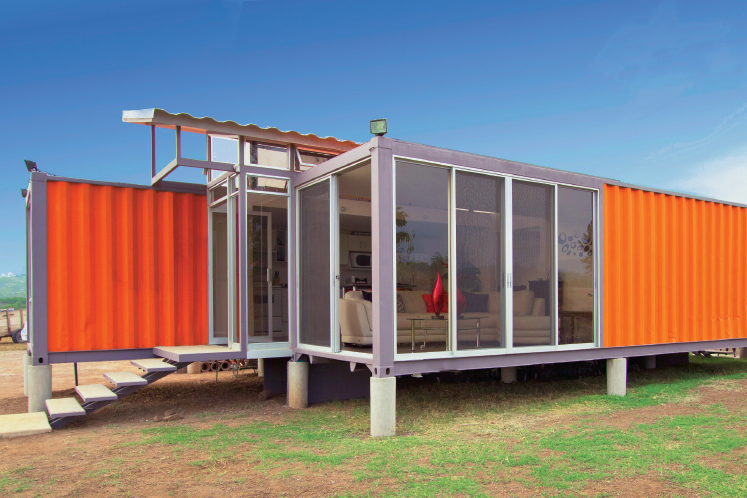
Using shipping containers to build a home is a kind of recycling. They can be faster and possibly cheaper to build. A shipping container is robust and is usually handled by cranes; it is sturdy enough to be transformed into a house that is safe to live in.

An earth berm house is a type of earth-sheltered dwelling with earth covering one or more walls. It is storm-proof, earthquake and fire-resistant, as well as soundproof and less susceptible to extreme temperatures. The temperature indoor is consistent all year round, reducing energy consumption.
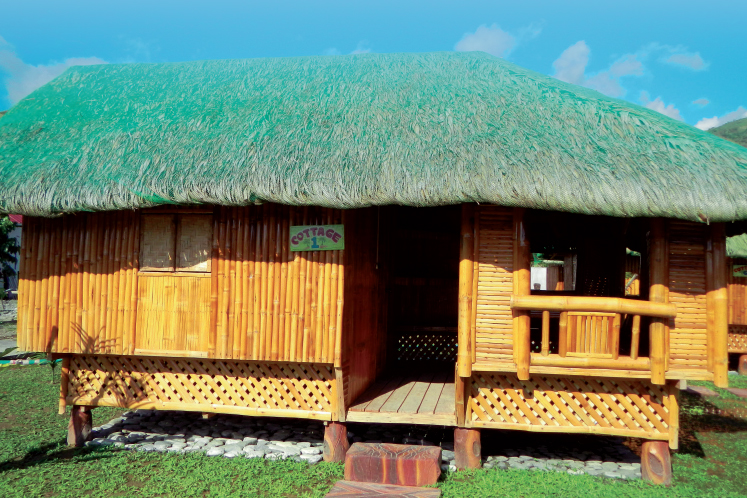
To build a bamboo house, one must acquire the right bamboo species; Guadua angustifolia, which is native to South America, has the best properties for construction. Bamboo contains a high level of starch, so it has to go through proper treatment. Its strength-to-weight ratio is similar to timber and it can withstand earthquakes.
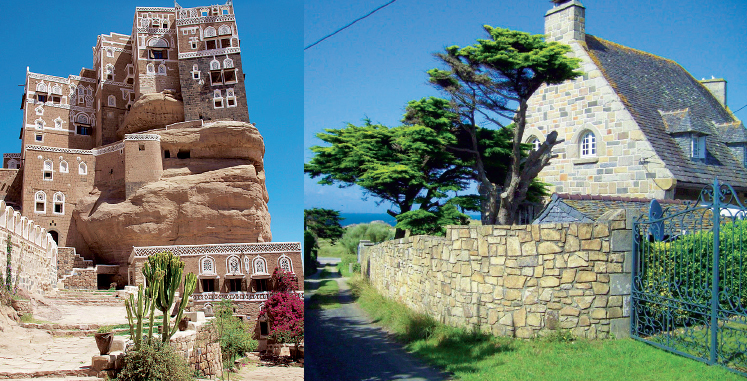
Stone is one of the most durable natural building materials in the world. It is fireproof, bug and vermin-proof and rot-free. Natural stone comes in many shapes, sizes, colors and textures so stone houses do not require additional painting. The natural beauty of a stone house is timeless and maintenance-free.

Cob is a natural building material made of straw or other fibrous materials mixed with water, sand and clay. It is low-cost, fireproof and resistant to seismic activity. A cob house is durable and sturdy and can withstand the rain provided it is properly protected by a good roof. As cob is easy to mix and manipulate, it is an ideal material for those who want to build a small house on their own.

Thank you for sharing Kelly! Have you built a berm house before?
Yes, I did, and you can see this at http://earthbagbuilding.com/projects/hart.htm